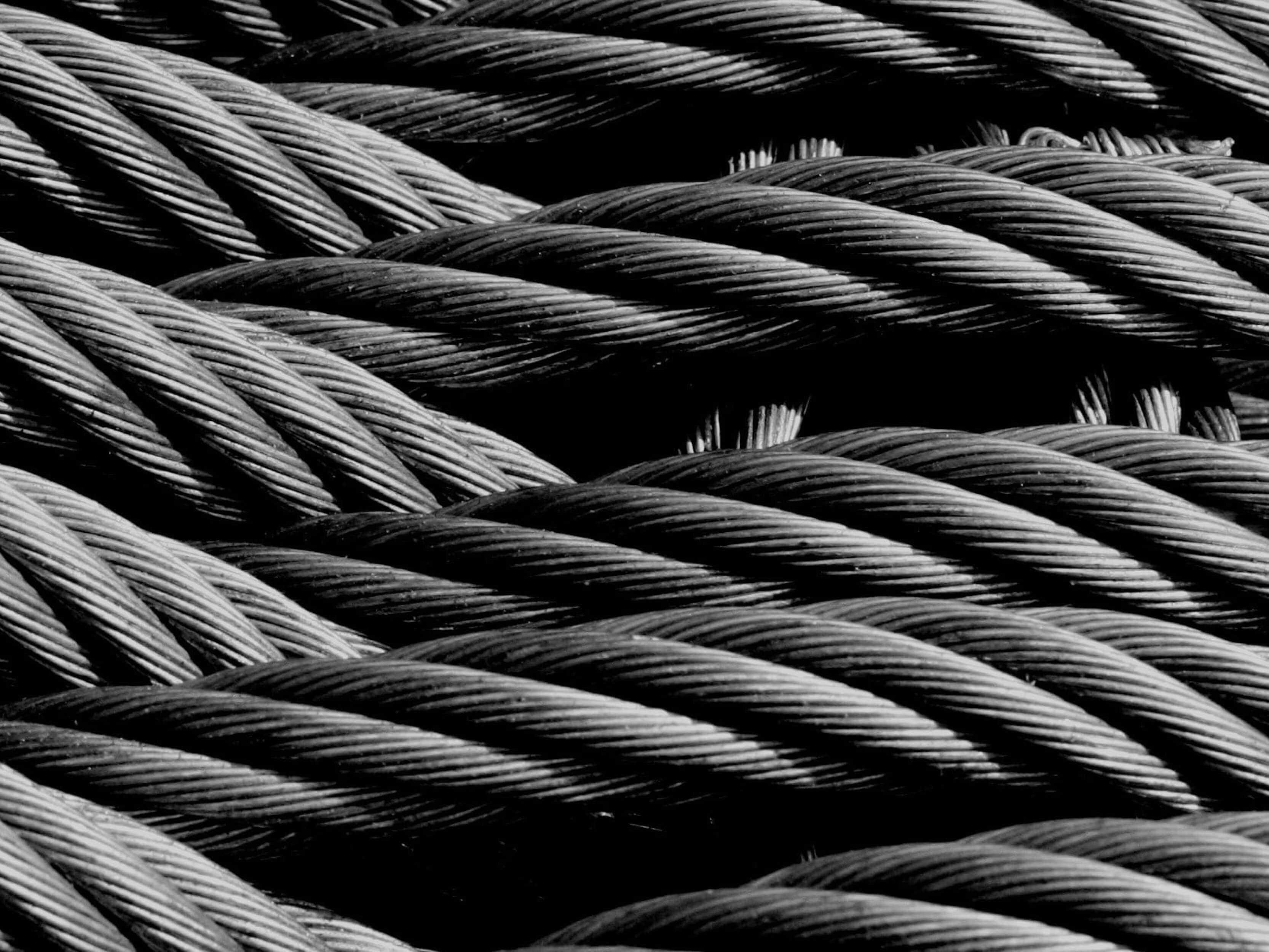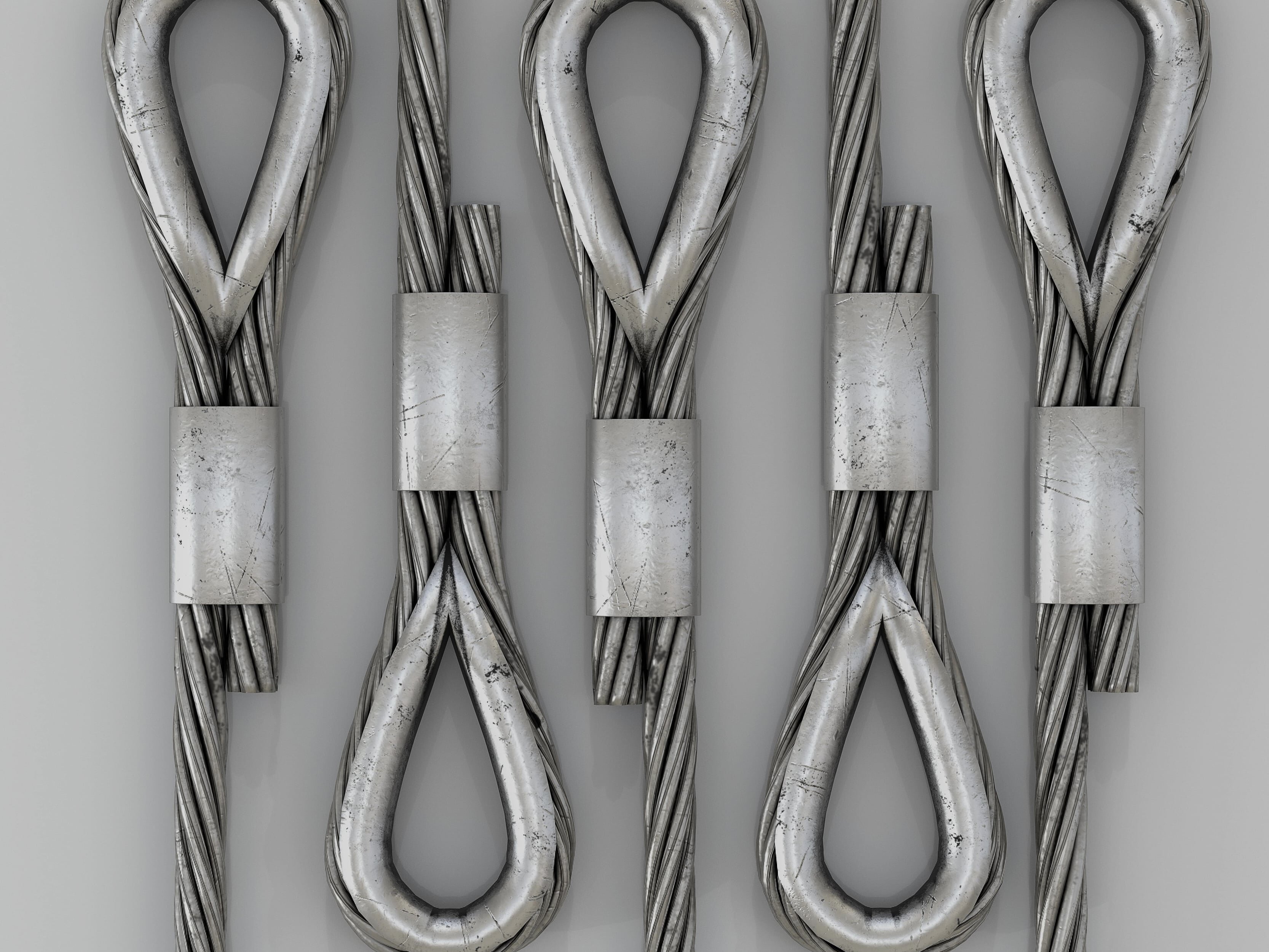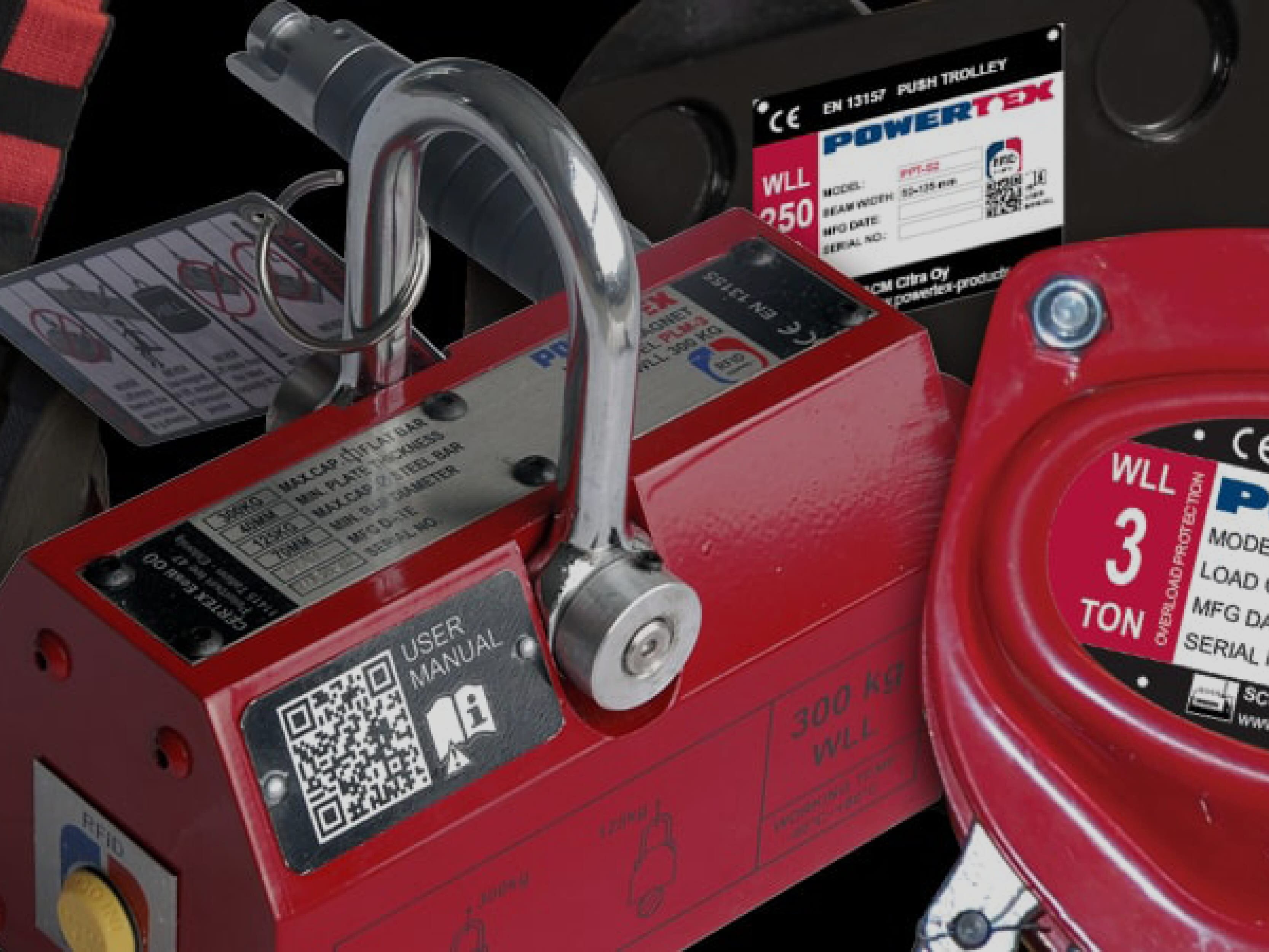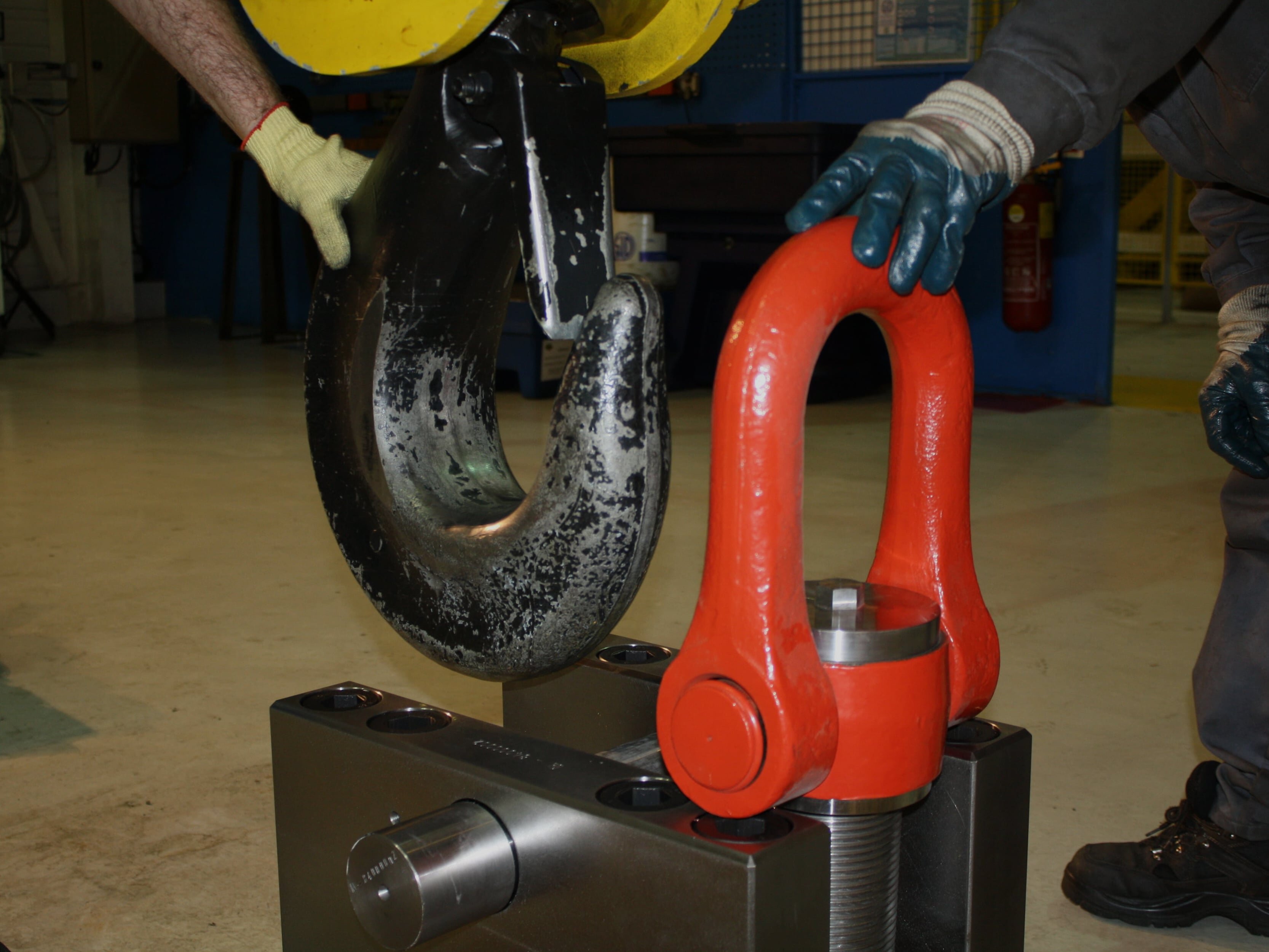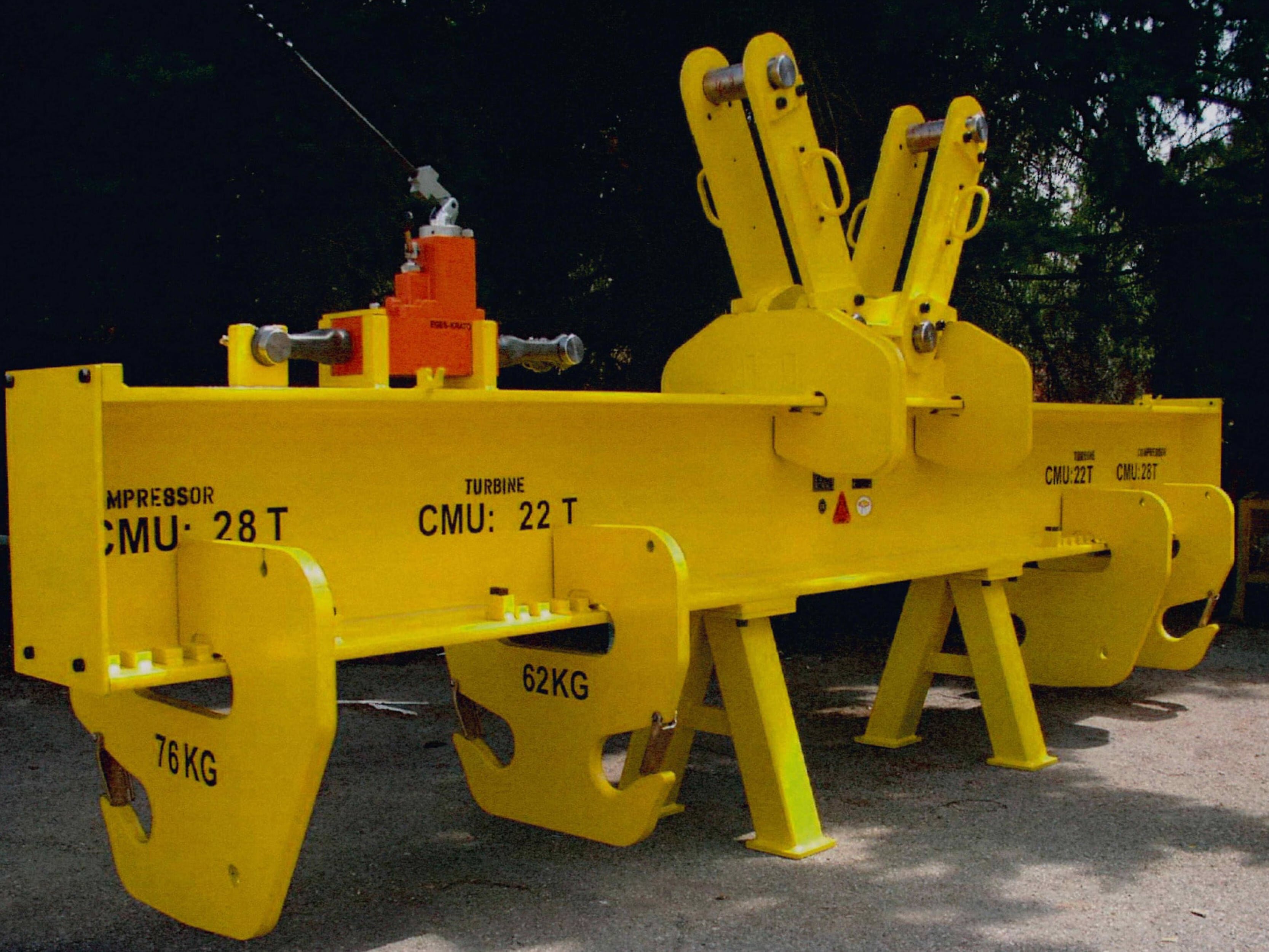Technique and expertise
Consult all our knowledge and expertise directly on our website.
A wire rope is a product composed of steel wires grouped in strand of several wires. In addition to these steel wires, the wire rope can have a core of steel, plastic or even textile to grant it additional properties.
Depending on your installations and projects, the construction of a wire rope differs in order to cope with different constraints.
This is why there are many types of wire ropes:
- Standards
- Techniques
- Rotation resistant, etc.
To help you in your choice of wire ropes, click here to learn more about the regulations and our instructions for use and maintenance of wire ropes.
Chain, wire rope and textile slings
A sling is a type of lifting accessory that connects a load to a lifting device (crane, hoist...). To easily lift a load, a sling is often equipped with an accessory such as a ring, shackle or hook for example. There are three types of lifting slings:
- Chain slings: These slings have good abrasion and corrosion resistance.
- Textile slings: They are easy to carry because they are light and flexible. However, they are generally more fragile than other types of slings.
- wire rope slings: They are good intermediaries between chain and textile slings because they are more flexible and lightweight than chain slings and generally have a higher WLL than textile slings.
Lifting devices are installations, machines and appliances that make it possible to lift heavy loads easily. We find in this family of products: winches, hoists, jacks, cranes, lifting tables etc.
Because of the constraints to which lifting equipment is subjected, a strong regulation frames these products in order to reduce the risk of falling loads or bumps. In addition, they must be subject to a general audit every 12 months to check the state of preservation and to detect possible deterioration.
To help you in your business, we have grouped the current regulations and our operating and maintenance advice for lifting devices. Do not hesitate to refer to the instructions for use and maintenance that we provide in the packaging of the material.
A lashing system is used to hold the loads and secure them securely to the vehicle during transport. The objective is to ensure the safety of the user and the integrity of the goods transported.
We can mention 3 categories of lashing products: chains, straps and lashing accessories.
Therefore, it is essential to correctly select its lashing product according to the characteristics of the load to be secured, the method chosen and the external influences during transport.
On this page, you will find our advice on use and maintenance of lashing products to help you choose a product that suits your needs.
Lifting accessories are products that are not incorporated into lifting equipment and are used to link the lifting equipment to the lifting load.
Among these lifting accessories are many products such as rings, swivels, shackles, etc.
This variety of lifting accessories can be explained by the many variables that can influence the lifting operation such as the load to be lifted, the environment in which the operation takes place, the configuration of the lifting, etc.
Therefore, the use of lifting accessories must meet many regulatory obligations to allow proper use and proper maintenance.
A lifting beam is an equipment that is attached to a lifting device and allows a uniform distribution of effort during a lifting operation. In fact, some loads require many hook-up points to ensure safety and reduce risks.
Do you need a suitable solution for lifting heavy, long and bulky loads?
Traction Levage offers standard and special lifting beams for all needs. Our design office carries out a complete analysis of your needs to design with you a custom-made beam.
Find on this page the specifications that you can directly download and complete so that we find together the best solution to your project. Contact us for more information.
